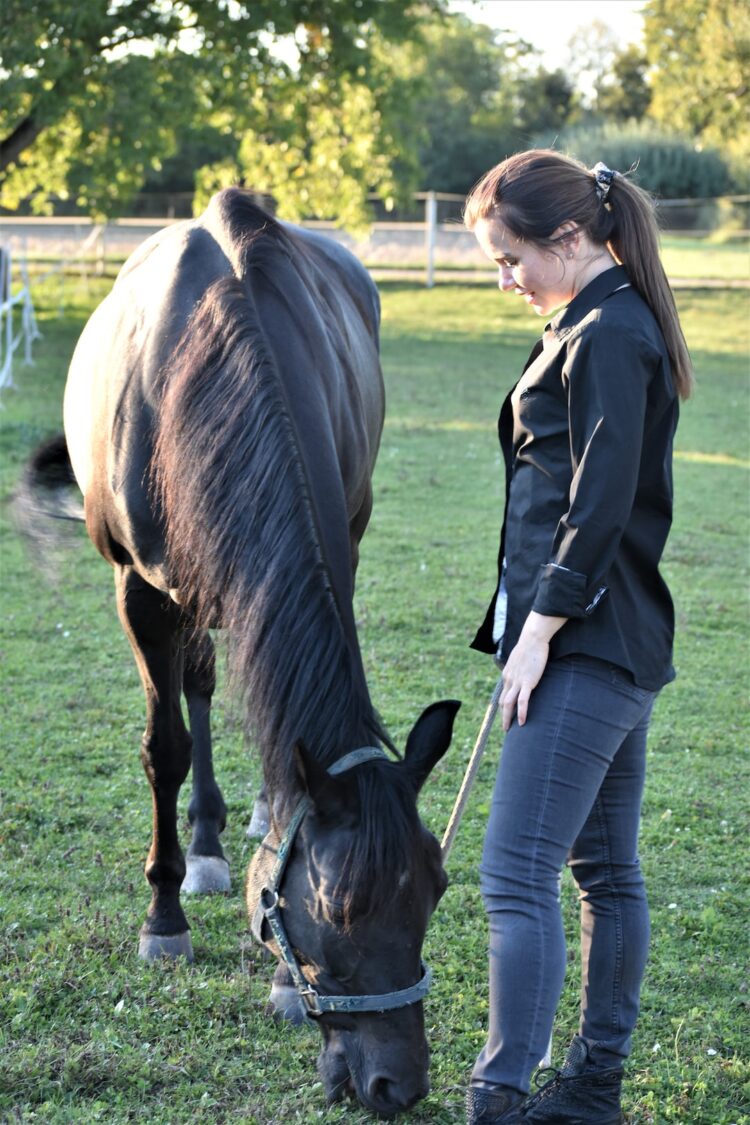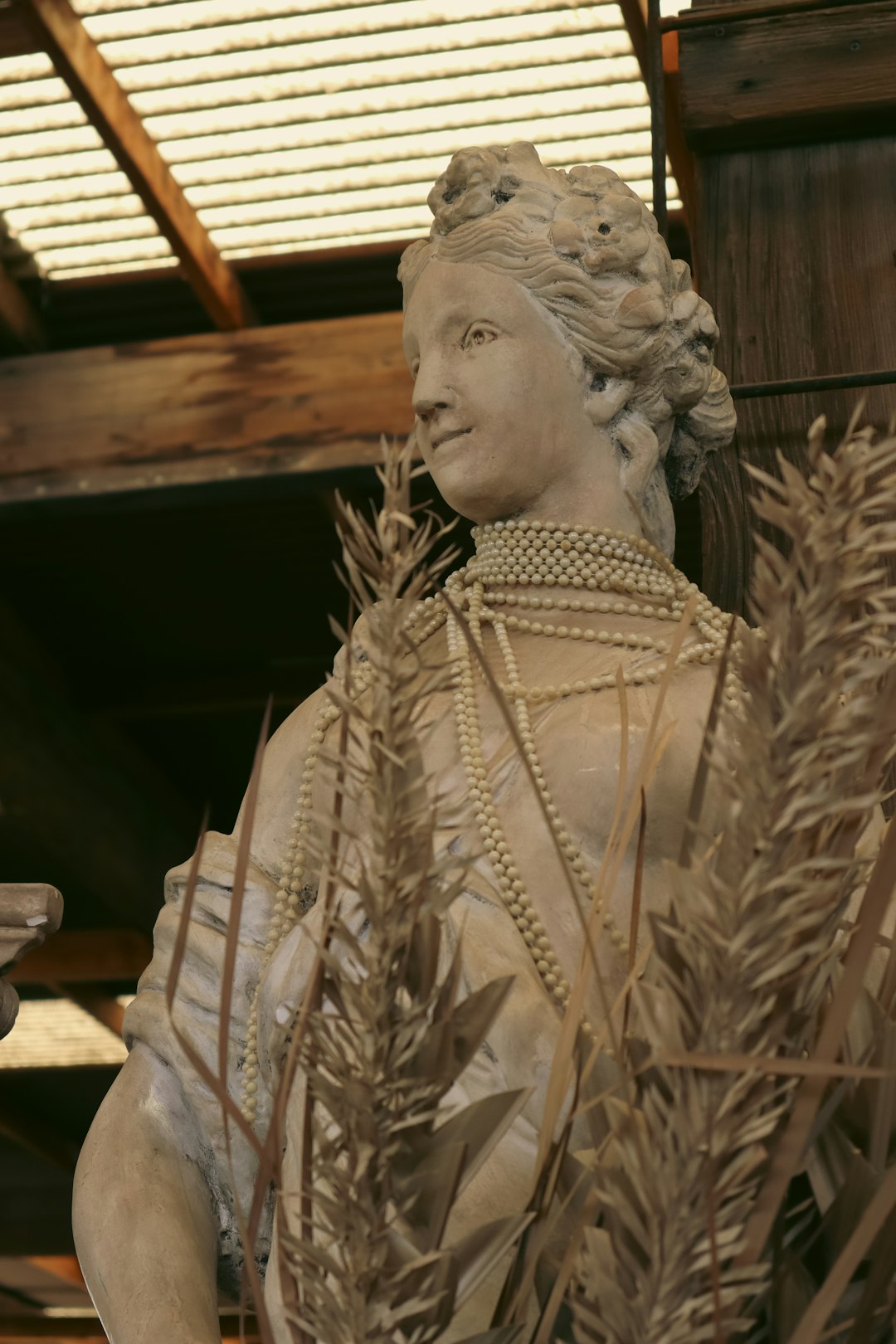The Art of Knitting: A Beginner’s Guide
Knitting, an art form that has been practiced for centuries, is experiencing a resurgence in popularity. More and more people are picking up their needles and yarn, eager to explore the world of knitting. With countless patterns available and endless possibilities for creativity, it’s no wonder that this craft has captured the hearts of many. If you are a beginner looking to embark on your knitting journey, this guide is here to help you get started.
First things first, let’s talk about the basic tools you’ll need. As a beginner, you won’t require anything too fancy or expensive. All you need is a pair of knitting needles and some yarn. When choosing your knitting needles, consider starting with a pair of straight needles, as they are the easiest to handle. Look for needles made from materials like bamboo or aluminum, as they provide a good balance of weight and texture.
As for the yarn, opt for a medium-weight yarn in a light color. Choose a yarn that is smooth and not too slippery for better control. Once you have your tools, it’s time to move on to the next step – learning the basic knitting stitches.
One of the fundamental stitches in knitting is the knit stitch. To do this, start by holding the knitting needle with the cast-on stitches in your left hand. Insert the empty needle into the first stitch from left to right, coming in front of the other needle. Slide the right-hand needle under the left-hand needle, then pull the yarn through the loop on the left-hand needle, slipping it off the left-hand needle as you go. Repeat this process until all the stitches have been transferred to the right-hand needle. Congratulations! You’ve just completed your first row.
In addition to the knit stitch, another essential stitch is the purl stitch. This stitch creates a different texture, often seen in ribbing or for creating stockinette stitch. To purl, hold the needle with the stitches in your left hand and insert the right-hand needle from right to left, going behind the left-hand needle. Bring the yarn to the front, around the right-hand needle and through the stitch, slipping it off the left-hand needle as you go. Repeat these steps as needed, alternating between knit and purl stitches, to create various patterns and designs.
Now that you have an understanding of the basic stitches, you can start exploring various knitting patterns. Scarves, hats, dishcloths, and blankets are popular beginner projects as they allow for repetition and practice of knitting stitches. Look for patterns that are marked as “easy” or “beginner-friendly” to ensure you won’t get overwhelmed. There are numerous online resources, books, and even local knitting groups that can provide inspiration and support as you progress in your knitting skills.
As you continue your knitting journey, don’t be discouraged by mistakes or mishaps. Even the most experienced knitters make errors occasionally! If you drop a stitch, don’t panic. You can use a crochet hook to fix it or carefully unravel a few rows to correct the mistake. Every mistake is an opportunity to learn and improve your knitting technique.
Lastly, remember that knitting is a form of self-expression and relaxation. Embrace the therapeutic rhythm of the needles clicking together and the softness of the yarn flowing through your fingers. Enjoy the process as much as the final product. Knitting is not about perfection but about the joy of creating something with your own hands.
In conclusion, the art of knitting is a rewarding craft that anyone can learn. With patience, practice, and the right tools, you can embark on a creative journey filled with beautiful hand-knit creations. So grab your needles, choose a skein of yarn, and let the art of knitting unravel the hidden creative talent within you.












